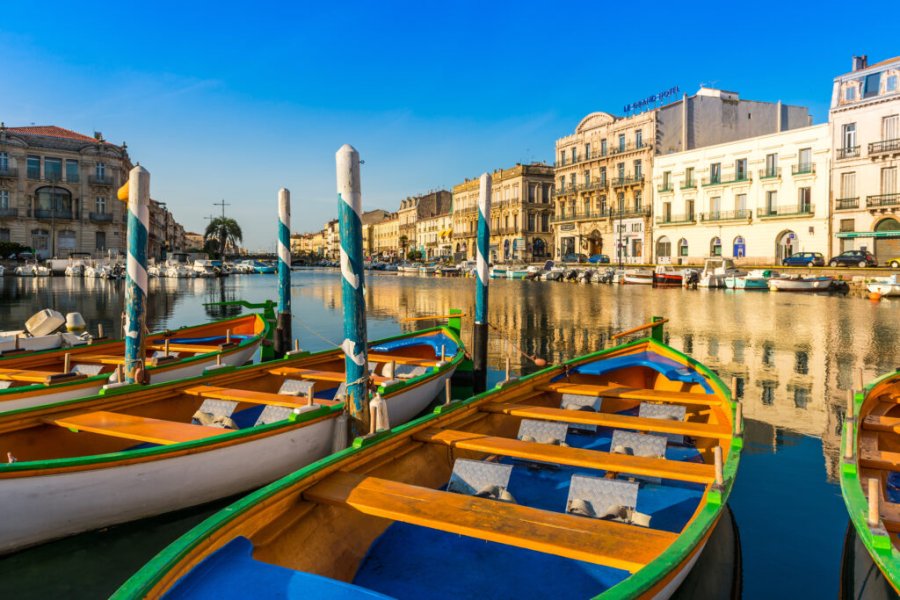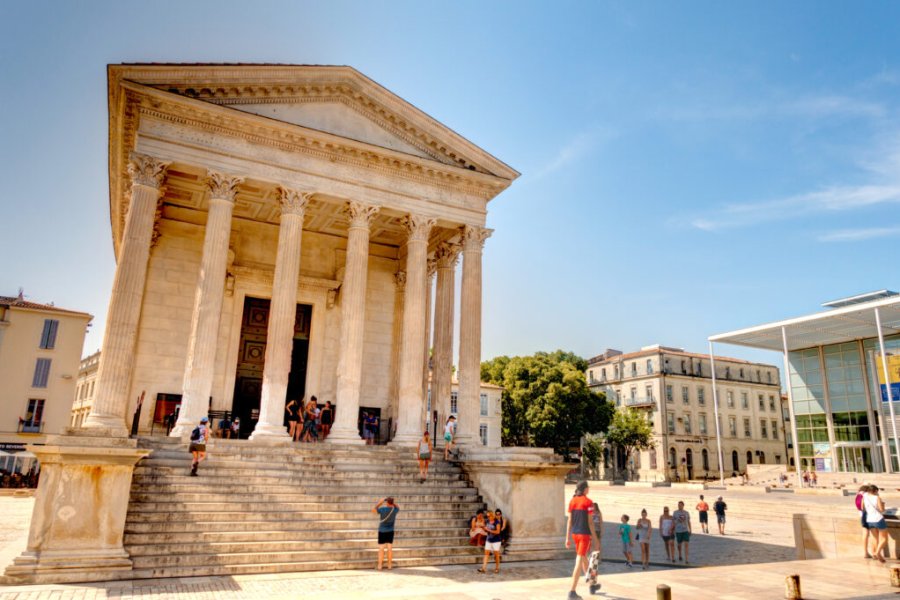Travel Guide Sinamaica
Find an accommodation
Advertising
On 24 August 1499, this village, built on piles, saw Alonso de Ojeda, Juan de la Cosa and Amerigo Vespucci when they called the neighbouring Gulf the name of «Veneciola» (small Venice), who gave the name to the country discovered. It is one of the oldest inhabited places in the Caribbean, which has not prevented it from arriving today by maintaining a strong cultural identity. Today, añus and paraujanas indigenous communities still live in houses on stilts, simply «because we live better on water than on earth». They believe that their homes have their own life cycles and have never made them last longer; others will reappear to replace the old in an inexhaustible process where each generation adds its share to the civilizing process. This explains that they have TV! Over time, for example, they have adapted new materials to their own forms and typologies, allowing a harmonious evolution of this rich cultural heritage of pre-Columbian origin.You can cross the strange lacustre city. The 6 000 inhabitants live in 500 homes. Passing through El Barro, note the presence of a snake, a restaurant, a school and even a coconut oil deposit, all on piles.
Suggested addresses Sinamaica
Weather at the moment
Advertising
Organize your trip with our partners Sinamaica
Transportation
Book your plane tickets
Car Rental
Boat rental
Accommodation & stays
Find a hotel
Holiday rental
Find your campsite
Tailor-made trip
Immersion travel
Services / On site
Activities & visits
Find a doctor



